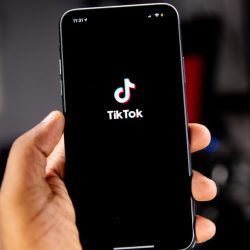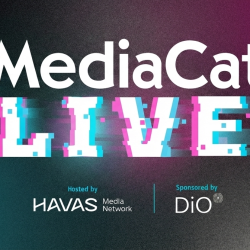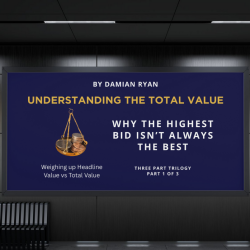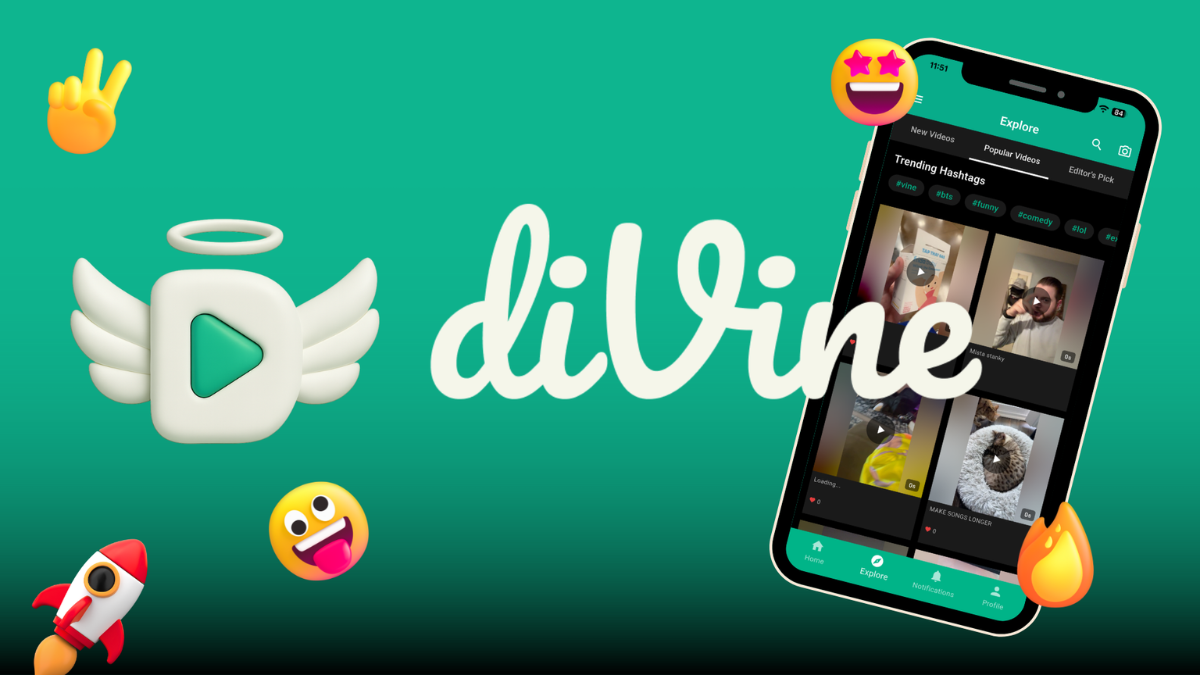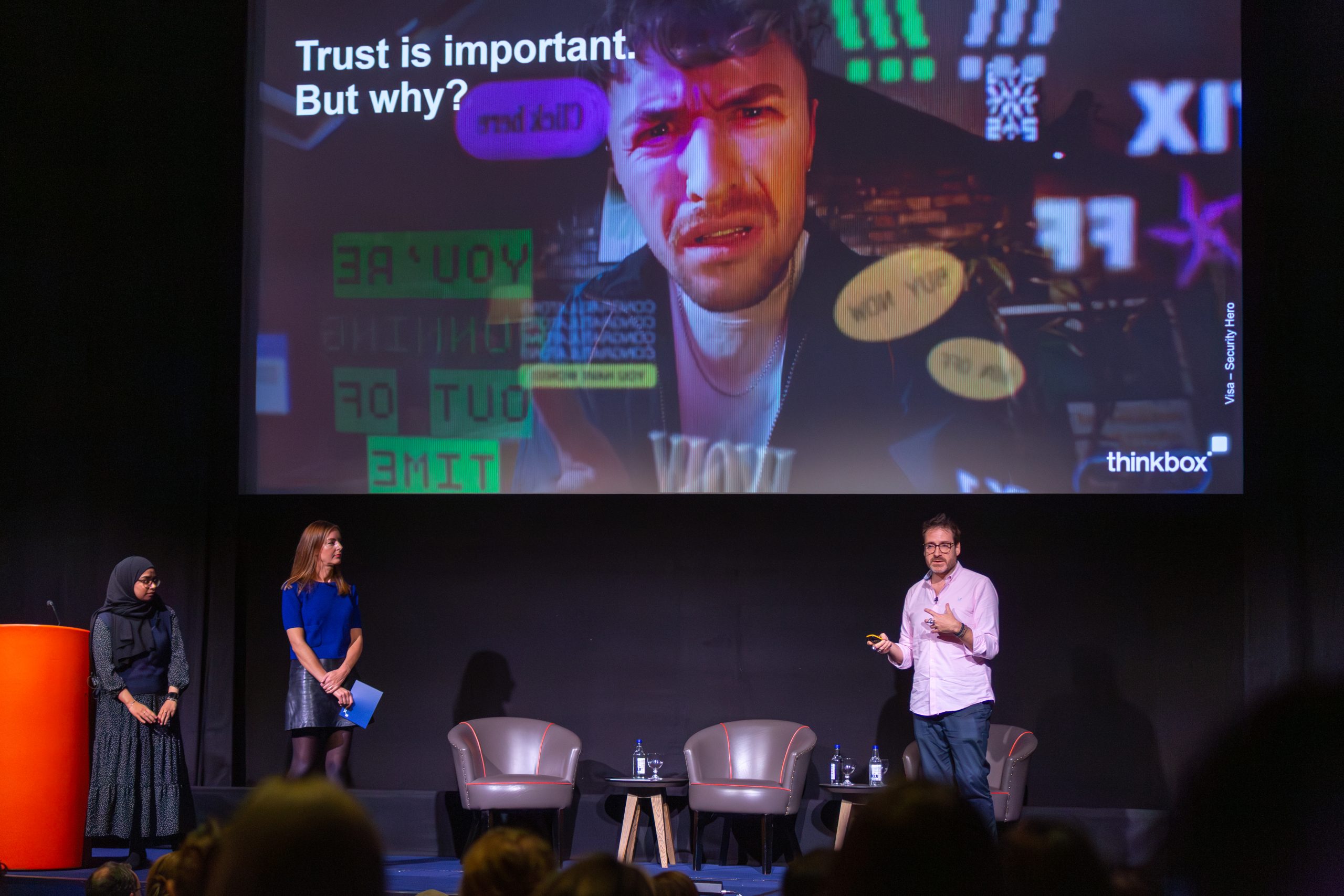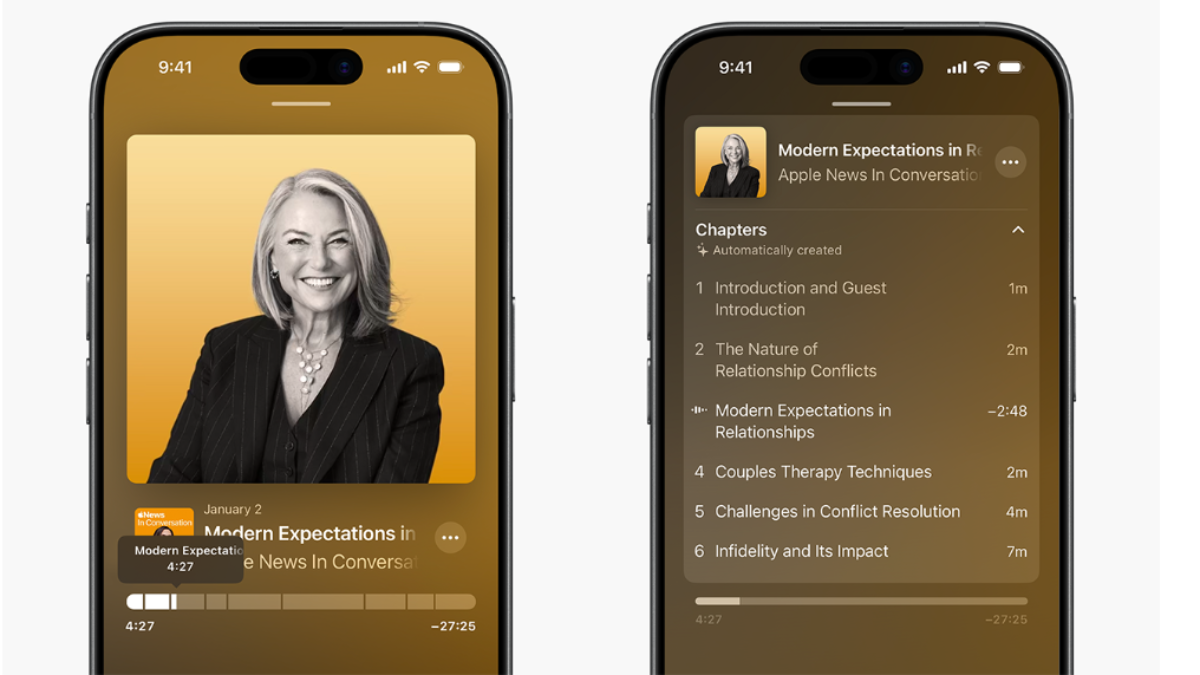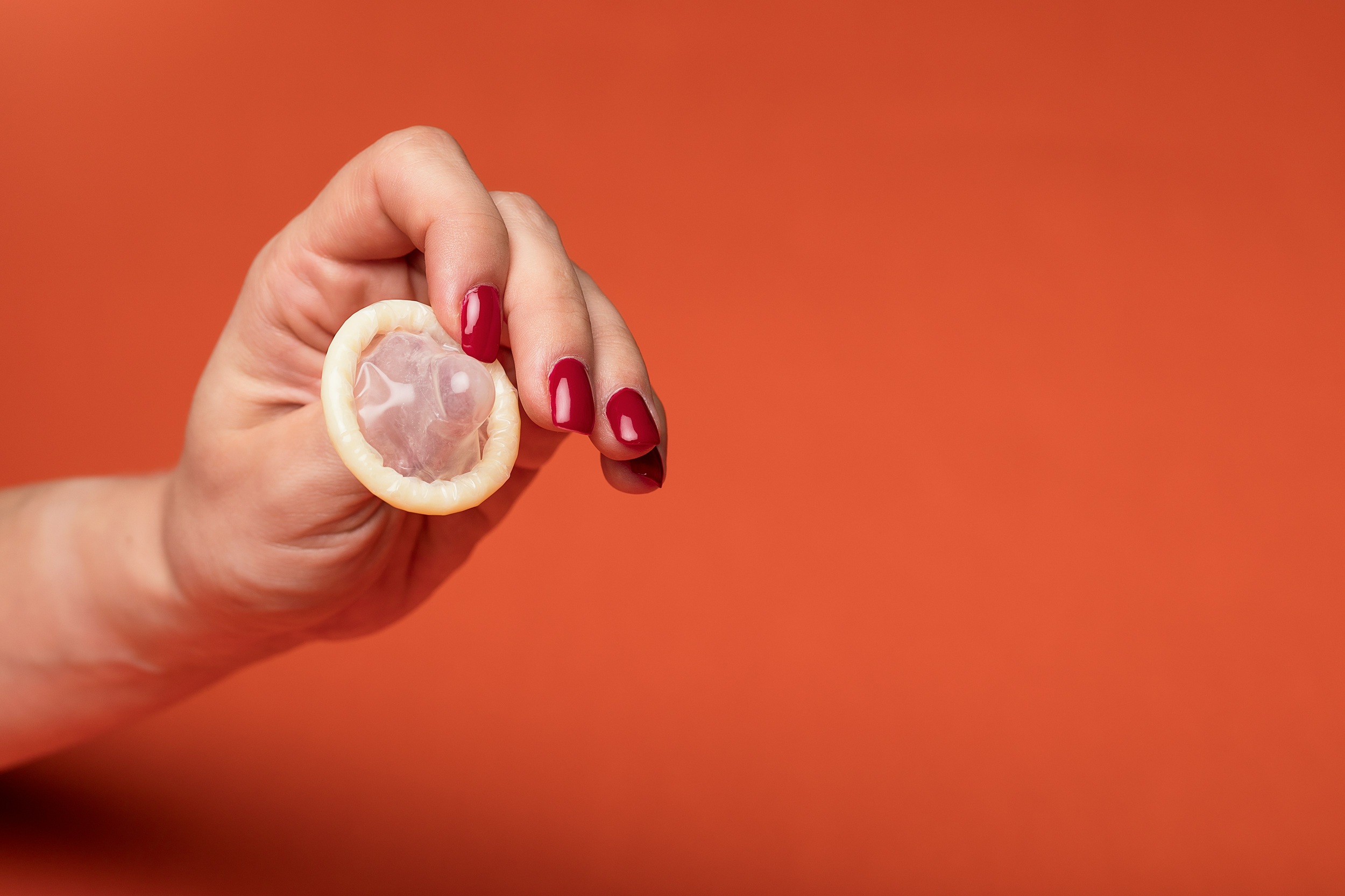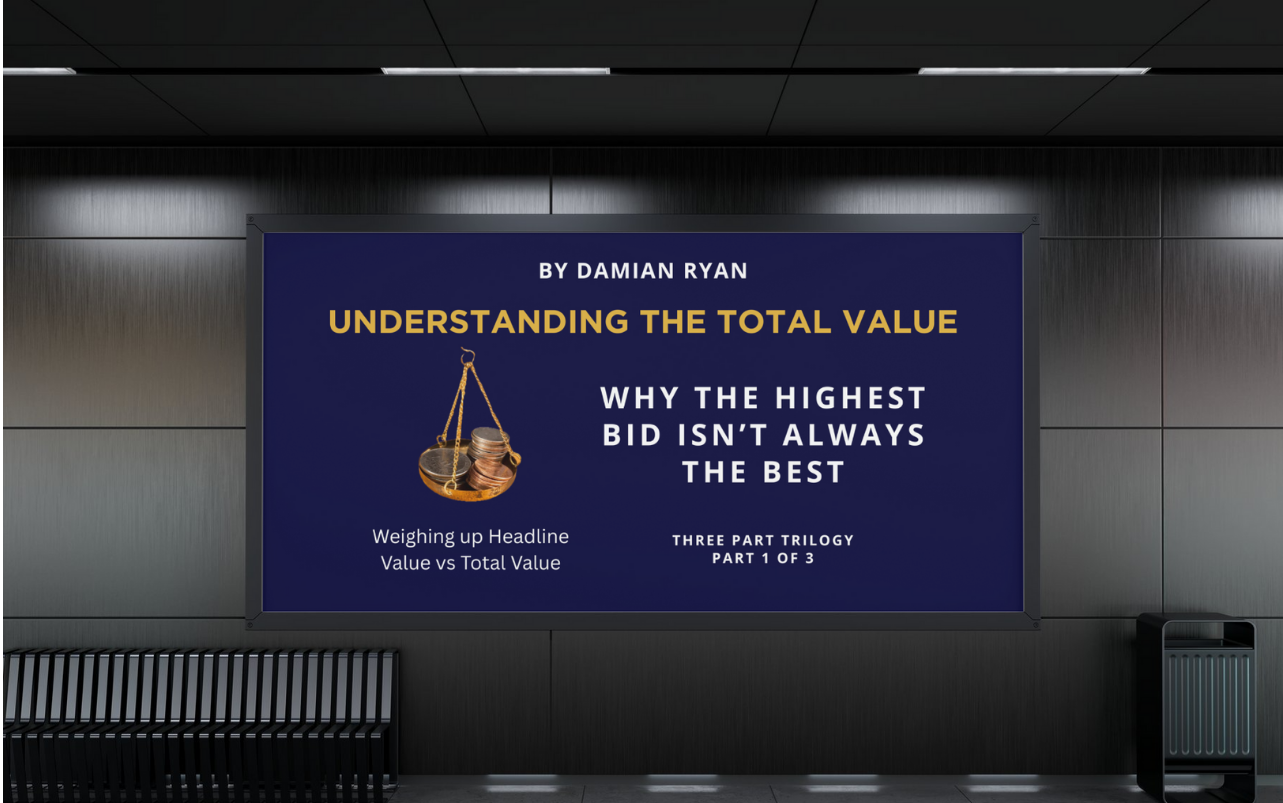Twitter co-founder Jack Dorsey is rebooting Vine as a completely new short-form video platform, nine years after the original app was shut down.
The new service — called diVine — is being financed by Dorsey’s nonprofit, which is called ‘And Other Stuff’. It offers access to more than 100,000 original Vine clips alongside tools for creating and viewing new content. A beta version is now live on Android, attracting over 10,000 sign-ups within its first four hours earlier this month.
Vine was one of the defining social apps of the early 2010s. Its six-second looping videos helped establish a new style of internet comedy, propelled early creators to prominence and shaped online culture long after its demise. Twitter acquired the platform for roughly $30m in 2012, but despite surpassing 200 million monthly users at its peak, Vine steadily lost relevance and was shut down in 2017.
Dorsey is now betting on a combination of nostalgia and a shifting mood in the social media landscape. Archived Vine clips will be available through a partnership with preservation group Archive Team, which rescued around 60,000 creators’ videos. DiVine is inviting those creators to reclaim their accounts and resume posting on the platform.
DiVine also says that it hopes to restore millions of user comments and profile photos associated with those original posts as well.
Evan Henshaw-Plath, who works at Dorsey’s nonprofit, led the effort to rebuild the service.
‘Can we do something that’s kind of nostalgic?’ he told TechCrunch. ‘’Can we do something that takes us back, that lets us see those old things, but also lets us see an era of social media where you could either have control of your algorithms, or you could choose who you follow, and it’s just your feed, and where you know that it’s a real person that recorded the video?’
A major part of the platform’s pitch is its stance against artificial intelligence. DiVine says it will ban AI-generated content outright, flagging and blocking suspected synthetic uploads. The app relies on device-level checks to verify that videos were genuinely recorded on a smartphone.
The approach places diVine in direct contrast to Meta, TikTok and YouTube, which are increasingly leaning into generative-AI production tools and algorithmic feeds that surface synthetic content by default. That shift has triggered a growing backlash from users complaining about ‘AI slop’ cluttering their timelines.
‘Companies see the AI engagement and think people want it,’ Henshaw-Plath said. ‘Yes, people engage with it; yes, we’re using these things — but we also want agency over our lives and over our social experiences.‘ He added: ‘There’s a nostalgia for the early Web 2.0 era — the blogging era, the early podcasting era — when you were building communities instead of gaming the algorithm.’
Elon Musk, the owner of Twitter/X, has also expressed interest in reviving Vine, suggesting an ‘AI form’ of the platform may be in development. He announced plans in August to restore the original Vine archive, though no details have emerged. DiVine considers its release of Vine content fair use because they are sourced from an online archive and creators retain their copyrights.
Whether the reboot succeeds will depend on more than its nostalgic appeal. DiVine must convince users they genuinely want a break from AI-mediated feeds and crucially be able to offer creators a compelling reason to pick it over TikTok or Instagram. The Vine name guarantees curiosity, but sustaining a community will require avoiding the strategic and product failures that doomed the app the first time.
Featured image: diVine



